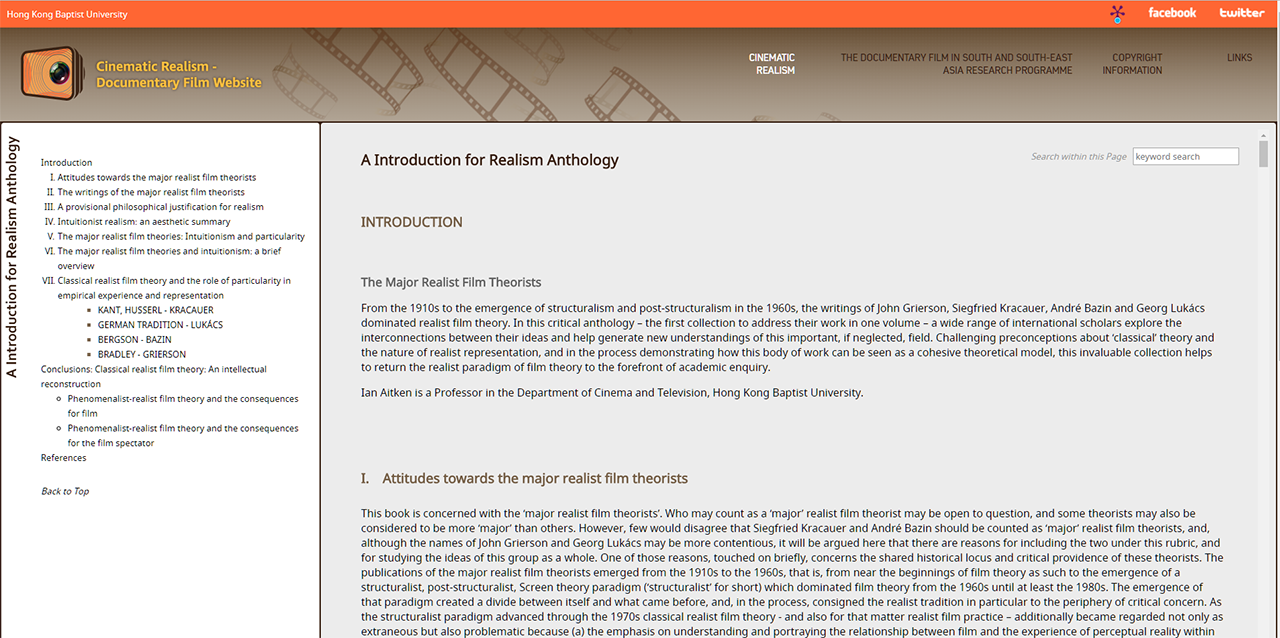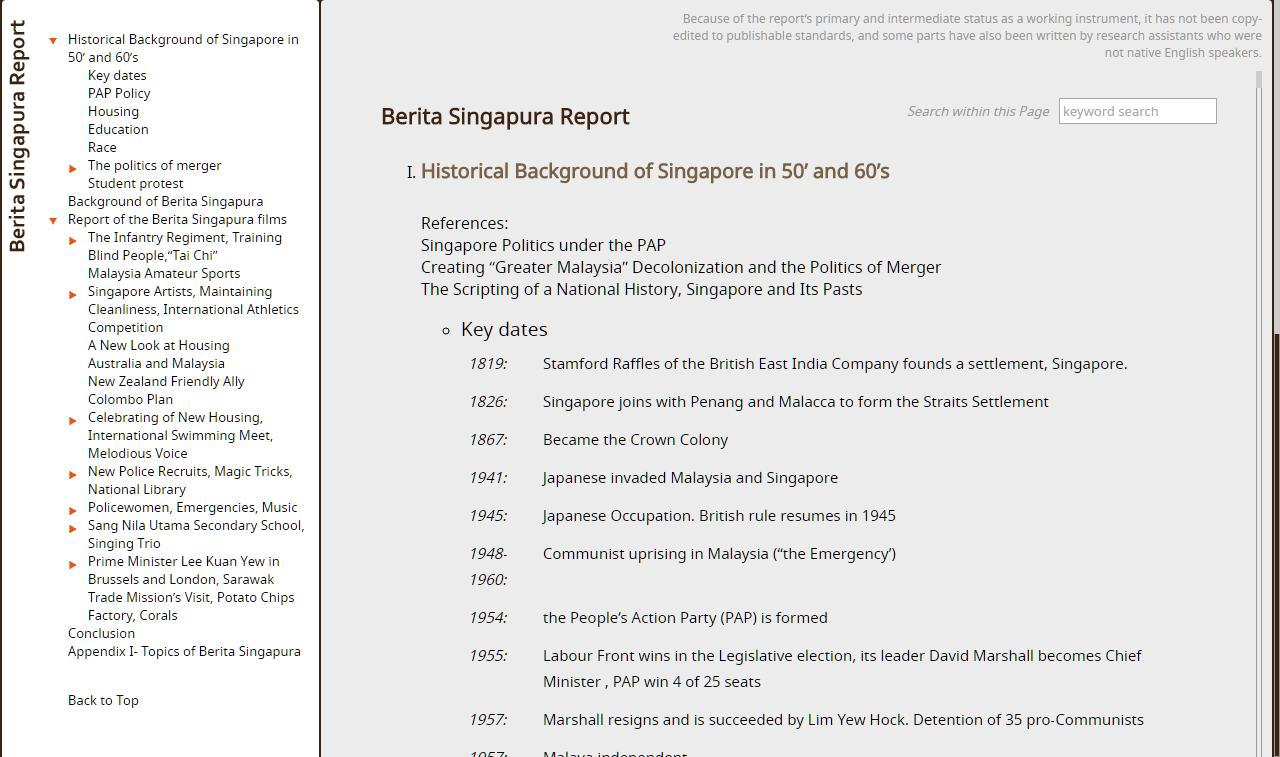The projects displayed within this website have now all been completed. Of course, they will remain on the website in order to be accessed by readers of the website, and to stimulate existing and future research projects. The material on the website mainly concerns the official film in Britain, Malaya/Malaysia, Singapore, Hong Kong and India during colonial and post-colonial periods. A considerable number of archival documents relating to this are available on the website, and these have been cross-referenced, and also supplied with brief analyses. The documents are also made available in their original form, photographed as images, in order to facilitate research. In addition, to this material on the official film, television current affairs broadcasting in Hong Kong is also covered, featuring reports and film analyses of films made by the Hong Kong broadcasters RTHK, TVB and (the now departed) ATV.
It is, however, now time to move onwards and look ahead to new projects and research orientations, although, of course, all that relates to the current title of the website: ‘The Documentary Film in South and South-East Asia Research Programme’, will remain on the website, and, hopefully, will continue to inform and facilitate future research. The new orientation planned relates to the general issue of cinematic realism and all that pertains to that issue, including going beyond documentary film to cover the feature film. Consequently, the website will now be renamed under a general title of ‘Cinematic Realism – Documentary Film Website’, with ‘The Documentary Film in South and South-East Asia Research Programme’ as an extant and ongoing sub-category of that. The re-addressed website will, therefore, cover the official film in Britain and South-East Asia, general issues related to documentary film theory, television current-affairs broadcasting in Hong Kong, and general issues relating to cinematic realism. Whilst continuing to have a focus on the South-East Asia region, therefore, the website will now cover general theoretical issues on cinematic realism, regardless of region. The section on cinematic realism will be initiated by posting up the ‘Introduction’ from Aitken (ed.) (2016) The Major Realist Film Theorists. This long ‘Introduction’ (18,000 words) will, hopefully, help to fuel a debate on the issue of cinematic realism.
In its first year of operation the website has been quite successful, recording almost 30,000 visits. Hopefully, we can now advance further from this point.
An Introduction to Realism Anthology

ARCHIVAL DOCUMENTS OF OFFICIAL FILM
Please retrieve documents by selecting the criteria and/or by doing a search.

Documentary Film Reviews

THE DOCUMENTARY FILM IN INDIA (1948-1975) FINAL REPORT

THE DOCUMENTARY FILM IN INDIA - INTERVIEWS

BERITA SINGAPURA REPORT






